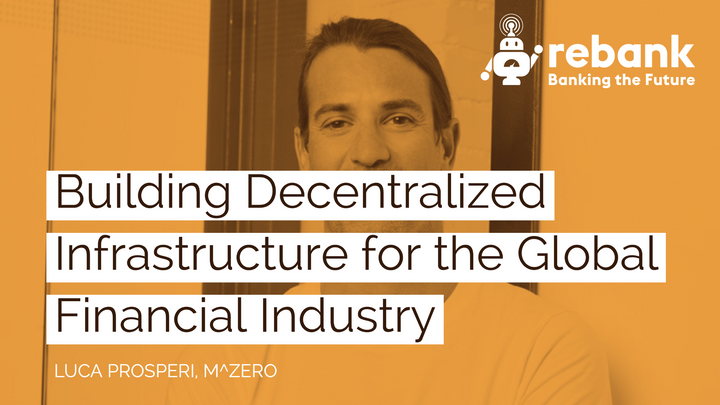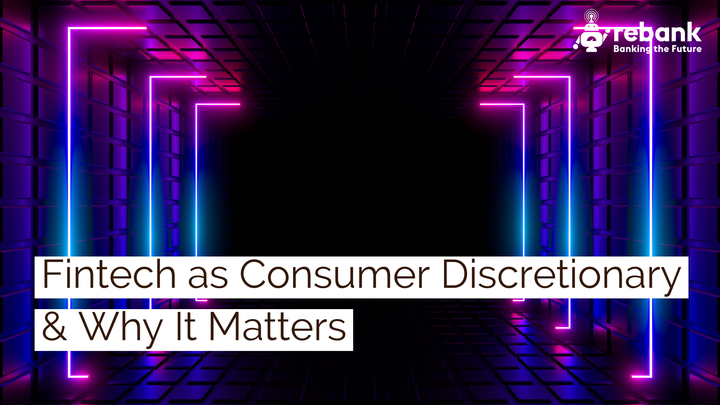The Future of Banks, Revisited

As of last month, with the coming and going of the 10th anniversary of the Lehman collapse, we’re officially a decade on from the financial crisis.
Those of us who think about financial innovation recognize that event, and the anti-bank reaction that ensued, as the beginning of the current wave of progress.
After a bit of back and forth as to the likely (perhaps deserved) fate of big banks, the community had pretty much agreed that despite the best efforts of upstart fintechs, they were here to stay.
The thinking was that banks are a cornerstone of our econo-political systems and are therefore safe.
That’s true, on some level. However, I find myself asking whether we’re still as sure of that view as we thought we were.
Five years ago, app-only challengers started suggesting there were better ways to serve customers. Radical ones even suggested they could make all the money they needed referring customers for third-party products rather than by employing their own balance sheets.
Monzo, for its part, still insists today that lending is not on its roadmap. The traditional money-maker — more, the raison d’être of banks — doesn’t even figure in their plans. Smart people believe that, in today’s world, there’s a viable model that’s different from what we’ve always seen. I’m open to that possibility.
Monzo, Revolut and others want to be the interface via which we run our (financial) lives. Banking Circle and solarisBank want to be the regulated infrastructure on which customer-facing financial institutions sit — the utility layer.
Where do incumbent fit in this picture?
To try to answer this question, we need to ponder a few others, first. Will Monzo’s, Revolut’s and others’ offerings ever become comprehensive and connected enough to deliver on their collective mission? Will customer preferences change to favor a single, intuitive, smart-assistant interface — perhaps once that’s more than just financial but that incorporates other needs too? Will built-for-purpose banking infrastructure providers deliver cheaper, faster, more efficient backend technology than is currently available? Based on my recent historical observations in similar sectors, with similar technologies, I believe the answer to these questions is yes.
I’m conscious that I’m oversimplifying — there are other factors to consider: how will governments and regulators align themselves? How quickly can we collectively answer questions around privacy and data ownership to ensure safe customer outcomes? What intervention or backlash, if any, might eventually come in response to increasingly influential and pervasive tech companies prioritizing shareholder returns over social benefits? These questions are more difficult to answer, but they have a lot to do with what the future of traditional financial services businesses will look like.
So what should incumbents be doing right now?
Government-guaranteed deposits and balance sheet lending is a lucrative business, and it’s core to economic growth and development. However, I can’t reasonably see the likes of Monzo staying out of lending in the long-term. Mission-driven founders and user-growth focused VCs may be happy to leave revenue on the table in favor of a grander vision, but public market investors won’t be.
Goldman Sachs is actively transforming itself from an investment bank into a technology company. They are an excellent example for other banks to follow.
There are many questions that need answering before definitive conclusions can be drawn, but I’m increasingly seeing versions of the future in which incumbent banks play reduced roles.


